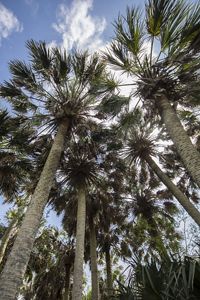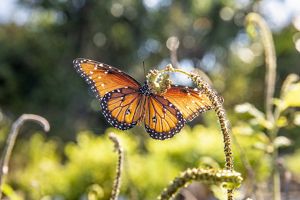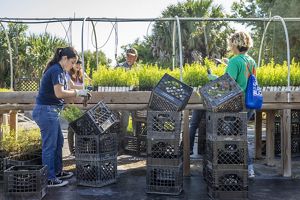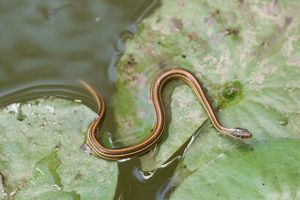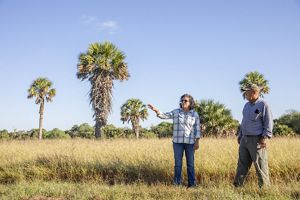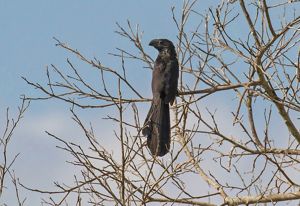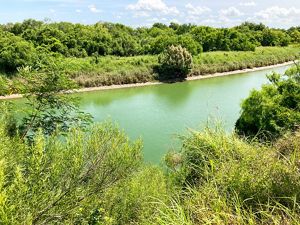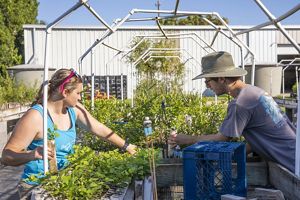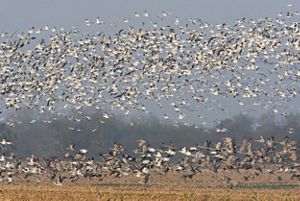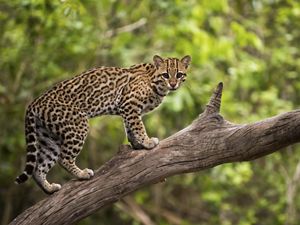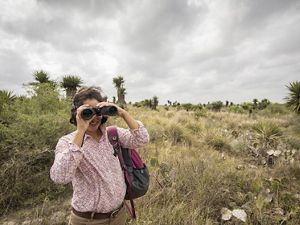Description
The Lower Rio Grande Valley has been ranked by the U.S. Fish and Wildlife Service as one of the most biodiverse areas in the United States. This subtropical region has been called the "Jewel of the Rio Grande Valley," and many would argue that Southmost Preserve—chief among its natural gems—is one of the most ecologically important pieces of land remaining in the valley today. Located on a meandering bend of the Rio Grande Delta (the land around the mouth of the river, where it flows into the Gulf of Mexico), in the southernmost part of Texas, the natural vegetative communities found at The Nature Conservancy’s (TNC) 1,016-acre preserve provide habitat for several rare, threatened or endangered species, including the southern yellow bat, Texas tortoise, Coues' rice rat, black-spotted newt and speckled racer.
Rare amphibians, such as the sheep frog, Mexican white-lipped frog and Rio Grande lesser siren, depend upon the preserve’s resacas, or oxbow lakes, while palm/thornforests provide habitat for ocelots. These resacas developed from channels of the Rio Grande that became isolated over time and, now enlarged by water captured from nearby irrigated crop fields, serve as a major source of water, supporting the preserve’s diverse habitat and species.


